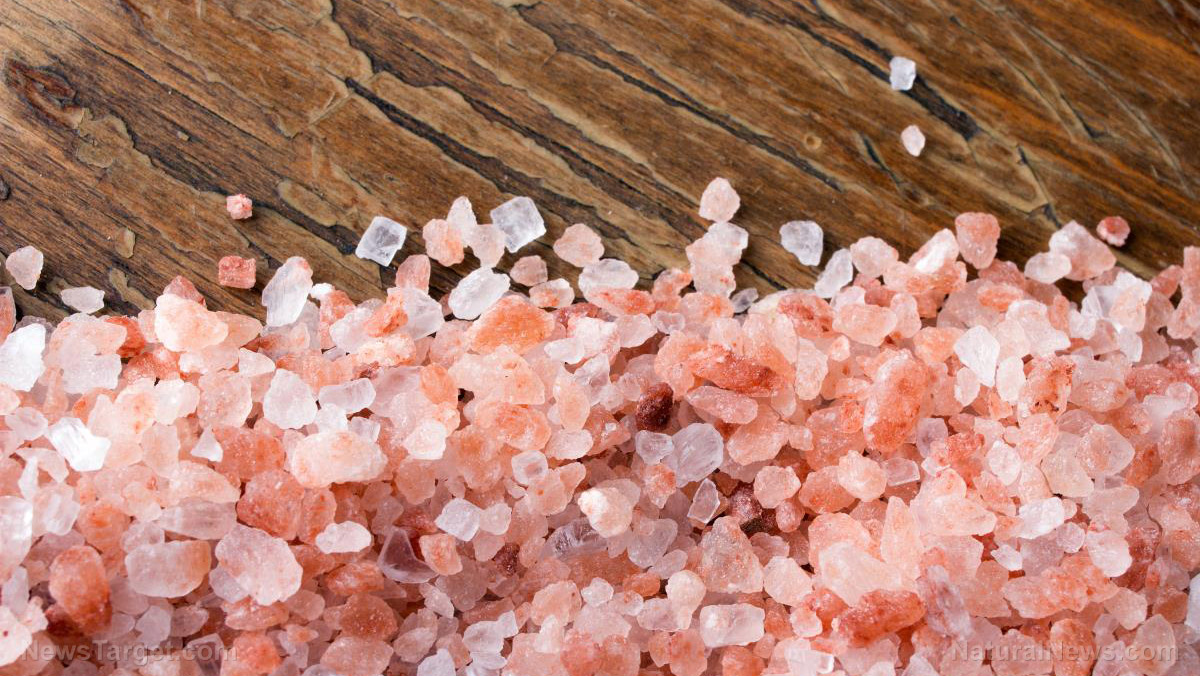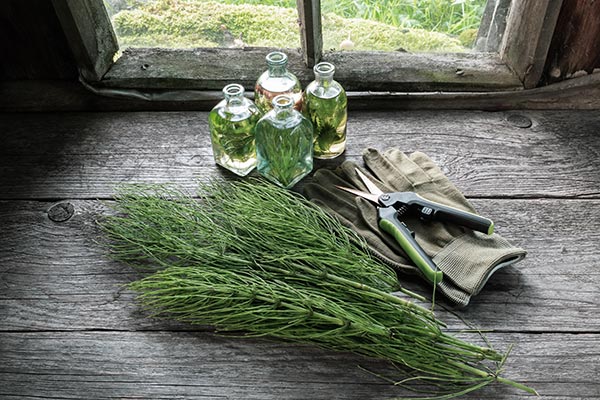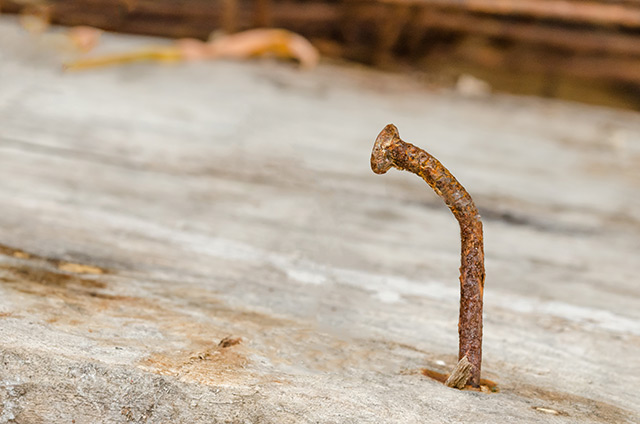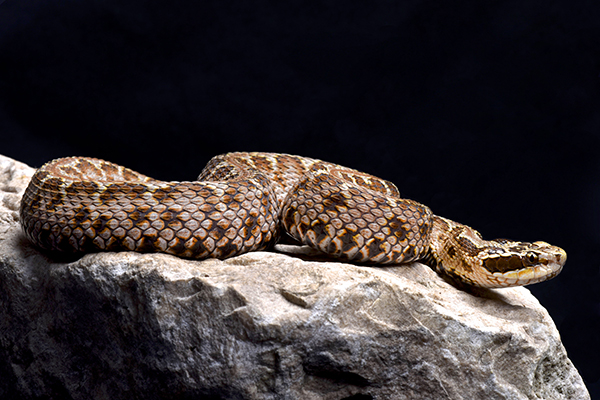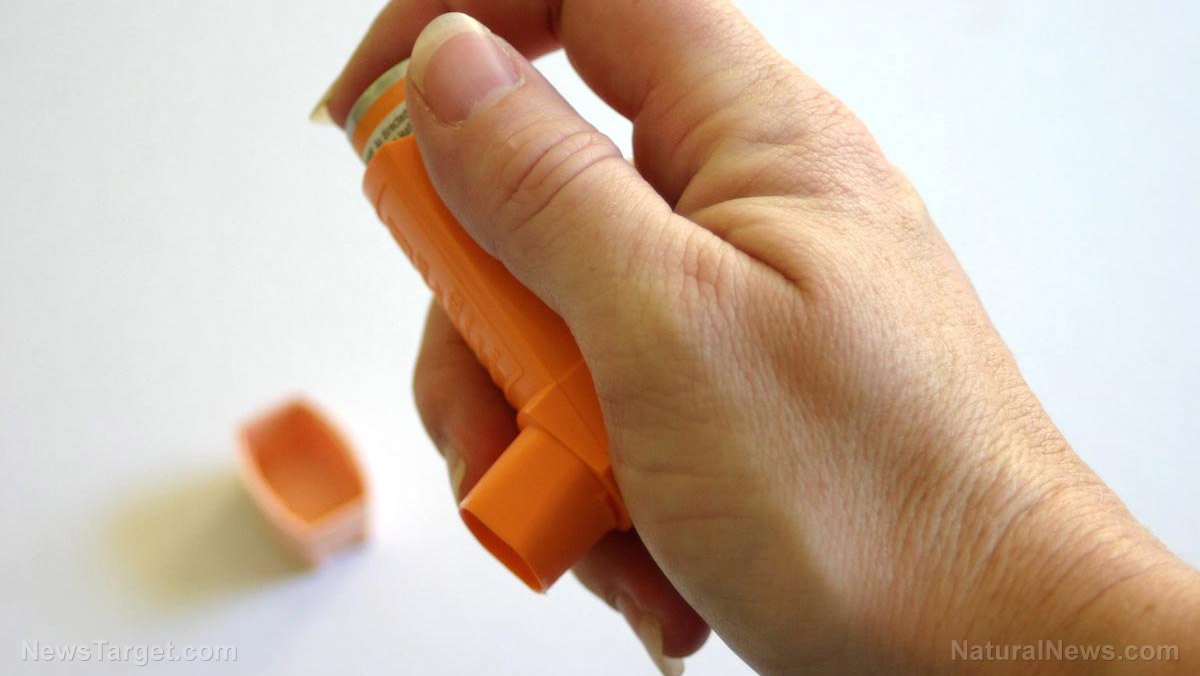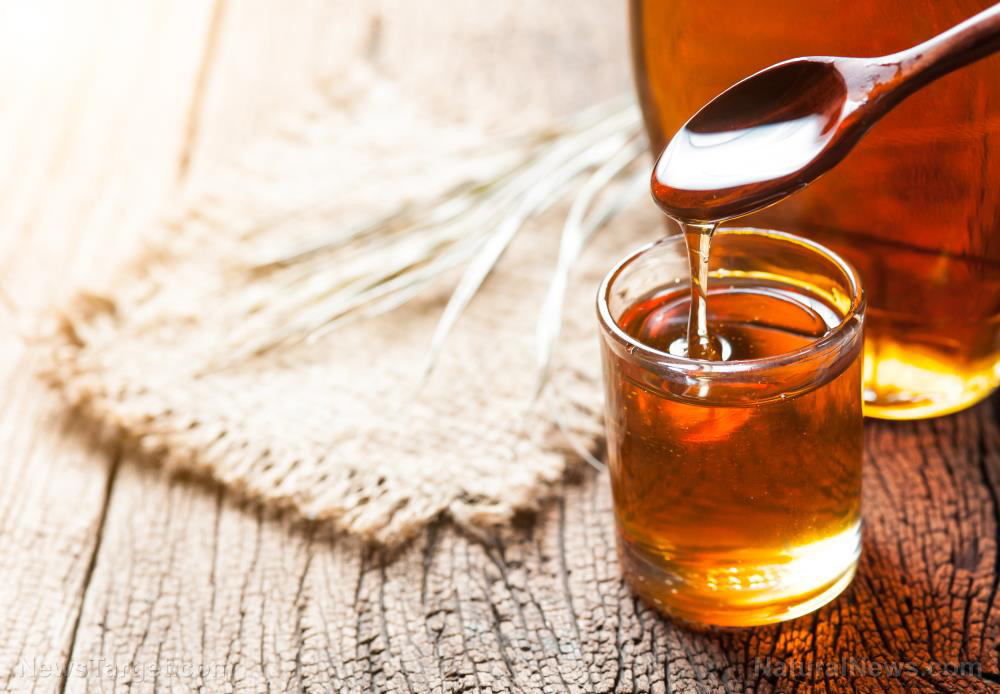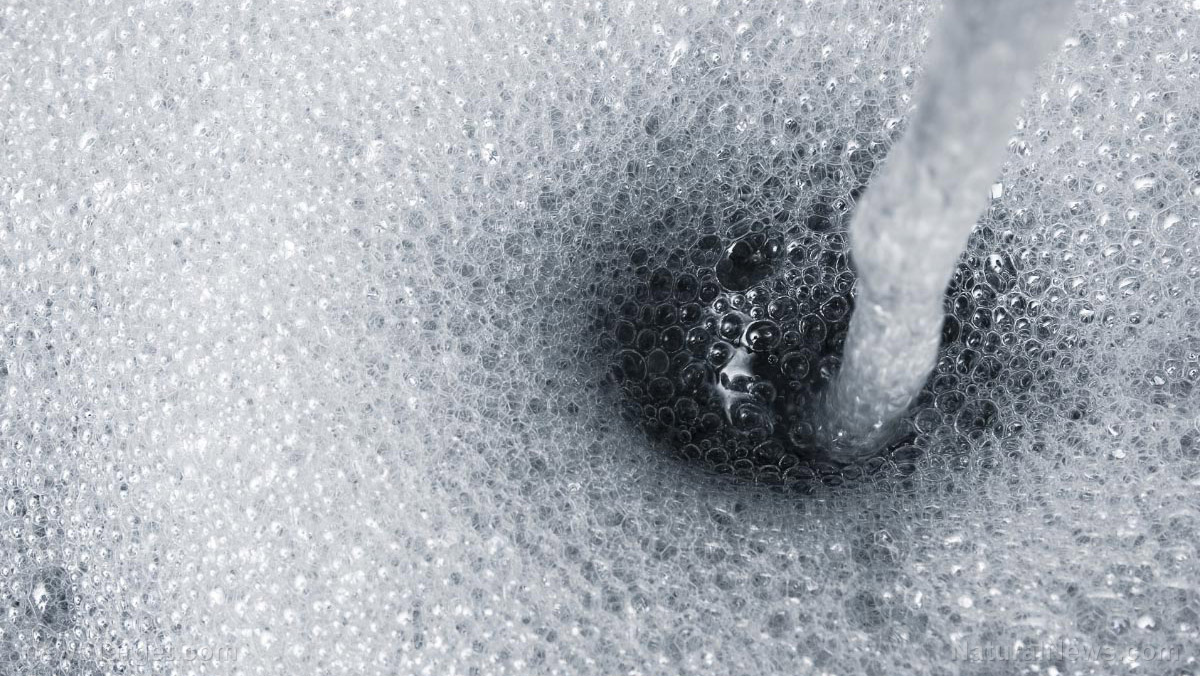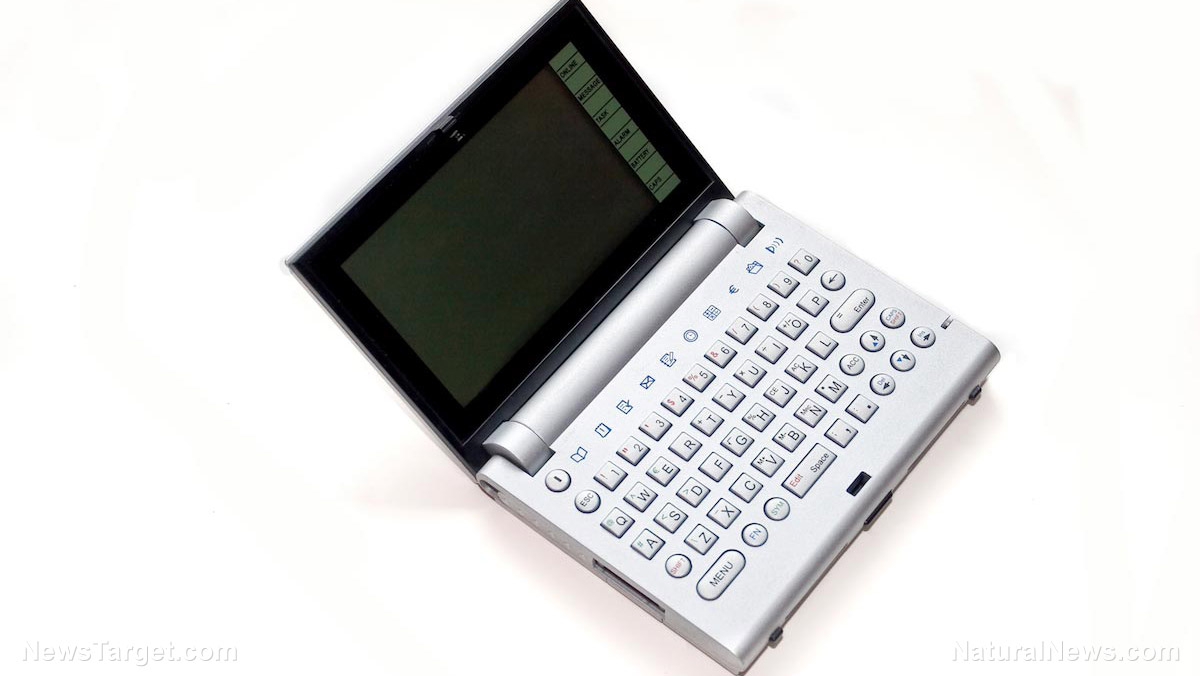Prepping before SHTF: 16 Items for your survival first aid kit
03/01/2022 / By Zoey Sky

A first aid kit is a staple in every prepper’s survival plan. If your kit contains the right items, you can easily treat a small cut or wound.
The same survival first aid kit will also be useful if someone gets hurts when the whole family has to bug out after SHTF. (h/t to JustPlainCooking.ca)
Some non-preppers who are overwhelmed with preparing their own first aid kit may end up buying a ready-made kit, but these kits often include items that you don’t really need or may not have enough items for long-term use.
It’s better to sit down and make a list of items that are useful and versatile so you don’t end up wasting money on a ready-made kit with cheap and inferior items. Have one first aid kit for home use and another in your car for bugging out.
If you have bug-out bags for the whole family, each bag should at least have a basic first aid kit for cuts and scrapes.
Here’s a list of 16 items that you will need in a basic survival first aid kit.
Adhesive tape
You’ll need adhesive tape or medical tape to attach bandages that need regular changing to the skin around wounds.
If a family member is allergic to latex or has sensitive skin, pack some silk surgical medical tape for them. Another option is to get waterproof adhesive tape if you have to bandage or dress a wound outdoors. This will keep the wound dry so it heals faster.
Antibiotic ointment
Antibiotic ointment will protect a wound from infection for 24 hours or more. It will also help minimize scarring.
Bandages
Include different types of bandages and a variety of sizes in your kit.
Use roller bandages for wounds on the elbows and knees or if someone sprains an ankle. Flexible fabric bandages are best for a cut or abrasion because they will cover the wound. (Related: Essential supplies to pack in your first aid kit for a camping trip.)
Burn care supplies
You will need burn care supplies to treat injuries sustained while cooking near an open fire or handling hot liquids.
The following items can be used to treat burn blisters and promote healing:
- Antibiotic ointment
- Antiseptic spray
- Bandages
- Burn cream
- Burn gel
- Cleansing wipes
- Gauze
- Gloves
- Non-stick adhesive
Disposable gloves
Disposable gloves protect the person you are treating from getting an infection and they also protect you from any bodily fluids.
Get latex-free gloves if someone in the family is allergic to the material. Prepare different sizes for adults and children as well.
Eyewash solution
If you accidentally get dirt or debris in your eyes, use an eyewash solution to flush it out. This will help prevent discomfort.
Get eyewash that comes with sterile eye pads and adhesive strips to protect the eye if you are injured.
First aid manual
Before SHTF, you should sign up for a first aid training course so you can learn how to help people who are injured when you don’t have access to emergency medical services.
A first aid manual will also be helpful as a refresher or as a guide for certain scenarios not covered in your training, like how to treat a patient suffering a stroke.
Hand sanitizer
You’ll need hand sanitizer to keep your hands clean if you don’t have access to running water and soap.
Iodine
Iodine is a topical antiseptic that can keep wounds clean. You can use iodine on burns, cuts and scrapes.
Hydrogen peroxide
Use hydrogen peroxide on a minor burn, cut or scrape before applying an antibiotic and covering it with a bandage.
Oximeter
An oximeter is a simple finger pulse machine that tells you the oxygen saturation of the person you are treating.
Protective gear
Aside from disposable gloves, you may need other protective gear like face masks, first aid gowns and safety glasses to protect your eyes.
First aid scissor
Unlike regular scissors for paper, first aid scissors or trauma shears are designed to cut bandages or clothing while treating a patient without having to touch the area with your hands.
Trauma shears also have a blunt edge to ensure that the patient isn’t hurt as you cut through their clothing.
Thermometer
Use a thermometer to confirm if someone is suffering from a high fever. If you have enough space in your kit, get an infrared or touchless thermometer that can be pointed at a person’s forehead to determine their temperature.
If you’re using a touchless thermometer, keep it charged or replace the batteries regularly.
Tourniquet
A tourniquet is used to stop the hemorrhaging of a major wound.
If you’re traveling alone, you will need a tourniquet that you can apply to your body with one hand. When SHTF, this kind of tourniquet can help if you are bleeding out and have to save yourself before someone can get to you.
Tweezers
You’ll need tweezers to remove splinters or remove ticks. Tweezers can also be used to extract foreign objects like glass from someone’s wound.
Before SHTF, prepare a survival first aid kit with these essential supplies and learn how to use each item properly.
More related stories:
Survival first aid: Understanding the medic’s priority.
Survival first aid: Tactical combat casualty care and the MARCH military doctrine.
Survival medicine: Do you need epinephrine in your first aid kit?
Survival first aid: How to treat acid and base burns.
Survival first aid: Symptoms, prevention and treatment of heat disorders.
Watch the video below to learn how to make a “Mini Medi” kit.
This video is from The Urban Prepper channel on Brighteon.com.
Sources include:
Submit a correction >>
Tagged Under:
bug out, disaster, emergency medicine, emergency preparedness, emergency supplies, first aid, first-aid kit, off grid, preparedness, prepping, survival, survival first-aid kit, survival medicine, survivalist, tips
This article may contain statements that reflect the opinion of the author
RECENT NEWS & ARTICLES
EmergencyMedicine.News is a fact-based public education website published by Emergency Medicine News Features, LLC.
All content copyright © 2018 by Emergency Medicine News Features, LLC.
Contact Us with Tips or Corrections
All trademarks, registered trademarks and servicemarks mentioned on this site are the property of their respective owners.

